21st century fun & learn options
New age co-curriculars such as podcasting, vlogging, etc which require creative use of digital platforms and technologies, are engaging a rising number of children positively and creatively. If guided constructively to avoid over-exposure to digital media, these modern pursuits can empower children’s artistic talent, entrepreneurial energy, and perhaps open up career pathways – Kiran Balimane, andrew John & Cynthia John
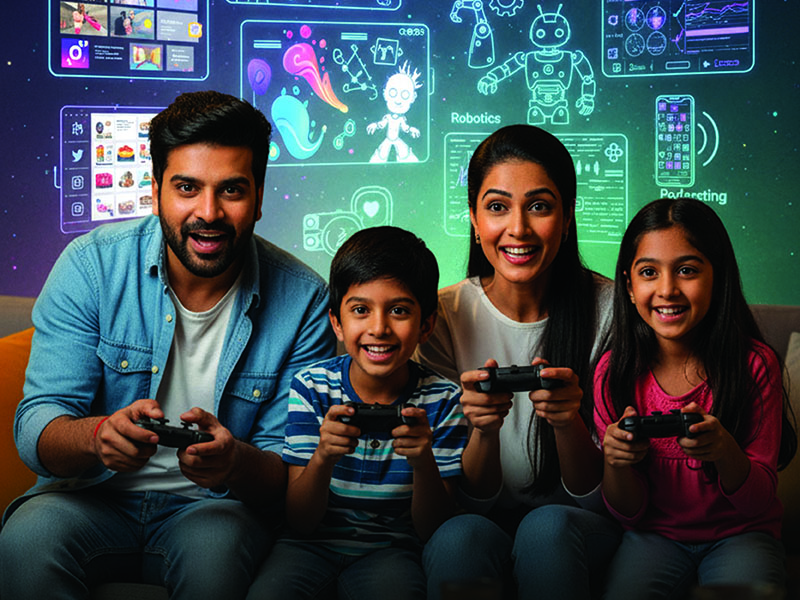
Parents urging children to learn co-curricular activities such as singing, art and craft, and philately are often disappointed that once-popular co-curriculars aren’t enthusing Gen Z. Yet such lamentation is unwarranted. Children’s co-curricular education preferences change from generation to generation. New age co-curriculars such as podcasting, urban photography/reels and vlogging which require creative use of digital platforms and technologies are engaging a rising number of children positively and creatively.
Although there’s widespread apprehension that new-age digital devices are ‘colonising’ young minds and online trash is stealing the focus of millions of children and youth, it’s also true that today’s digital-native generation is redefining leisure with an entire universe of new-age co-curricular activities once known as hobbies. If guided constructively to avoid over-exposure to digital media platforms, these modern pursuits can empower children’s artistic talent, entrepreneurial energy, and perhaps open up career pathways.
However it can’t be denied that instant digital connectivity and oceans of harmful and misleading content available to children at the click of a mouse have imposed a greater duty of care on latter-day parents. This challenge requires parents to establish check-in times to prevent children from accessing age-inappropriate content, ensure internet privacy settings are appropriate, research safe photography-worthy locations, and help children differentiate between authentic expression and posting purely for likes and social validation.

Jaya Sachdev
“Young people today aren’t only wasting time on digital media — they are also creating, curating, and innovating. What may seem like mindless scrolling may be a live laboratory, social club, and creative studio — all rolled into one. As parents, we must update our understanding of what are our children’s new-age passions and interests. When used responsibly, digital media and platforms are as rich a learning environment as traditional co-curriculars,” says Jaya Sachdev, a Delhi-based parenting and life coach.
In this end monsoon issue, PW presents a specially curated list of creative new-age digital co-curricular activities that augur well for the future of Gen Z and society in general.
Urban photography, Pinterest aesthetics & Instagram reels
On every family outing or friends hangout, children are busy clicking photos — a restaurant’s aesthetic plating, interesting building facades, colourful street art, and seemingly random city corners. Later, they curate Pinterest boards with titles like Dark Academia Vibes or post ‘get ready with me’ routines for Instagram Reels. These aren’t mere fads; they represent deep engagement with visual storytelling.
Urban photography teaches children to discern beauty and story in everyday environments, while Pinterest curation builds understanding of visual themes and identity. Instagram Reels push them into video editing, timing, and audience engagement.
“Children are learning composition, lighting, colour theory, and narrative, often through experimentation and peer feedback on digital platforms. On their smartphones, this generation is picking up creative skills that earlier required expensive photography courses and marketing degrees. More important, they’re developing cultural awareness, exploring their communities, and building confidence in expressing their unique perspectives,” adds Sachdev.
Skills acquisition opportunities. Artistic vision, cultural awareness, visual communication mastery, content creation abilities, and digital literacy — skills essential for careers such as journalism, marketing, graphic design, and social media management.
Key apps. Instagram — Photo sharing and reels creation (iOS/Android); Pinterest — Visual discovery and mood boards (iOS/Android); VSCO — Advanced photo editing and filters (iOS/Android); Adobe Lightroom Mobile — Professional photo editing (iOS/Android); Canva — Graphic design templates (iOS/Android).
Digital art & animation
Although it may be difficult for digital immigrant parents to grasp children spending weekends bent over laptops and tablets creating fantastical characters, they need to realise that their children may well be mastering one of the most in demand skill sets required by economies worldwide — capability to create digital art and animation. Digital artists create digital paintings, illustrations, animations, videos, and 3D models. Digital art includes paintings done using digital paintbrushes; pixel art using tiny squares (pixels); vector art made of scalable shapes, usually used in logos and flat design; 3D art used to sculpt and model images in games, films, and Virtual Reality (VR) and animation for videos.
When children are provided access to digital tools such as Wacom tablets, and iPads with Apple Pencils they can enjoyably learn about colour theory, anatomy, lighting and composition, opening doors to professional-grade learning. In fact, children are mastering industry-standard apps such as Procreate and Adobe Fresco, long before college. Moreover online communities provide instant feedback and professional networking opportunities that traditional art classes can’t match.
Being familiar with creative apps like Procreate and Adobe Fresco offers children (and even adults) a range of benefits that go far beyond doodling on a screen.
Skills acquisition opportunities. Industry-ready skills through early exposure to professional apps used in digital art, gaming, animation, and design studios; foundation in visual arts from learning colour theory, lighting, composition, perspective, and anatomy; boost to creativity and imagination and a clear pathway to careers in animation, game design, and multimedia.
6 steps towards digital arts mastery
- Access digital tools: styluses, graphic tablets, or iPads.
- Practice basics of colour theory, anatomy, lighting, and composition.
- Watch tutorials on YouTube or pay platforms to learn digital artistry techniques.
- Sketch daily, redraw old art, and participate in online competitions like Inktober.
- Post progress online to receive feedback from global art communities.
- Back up files regularly to prevent loss.
Key apps: Procreate — Digital illustration app (iPad only); Adobe Fresco — Vector and raster art app (iOS/Android tablets).
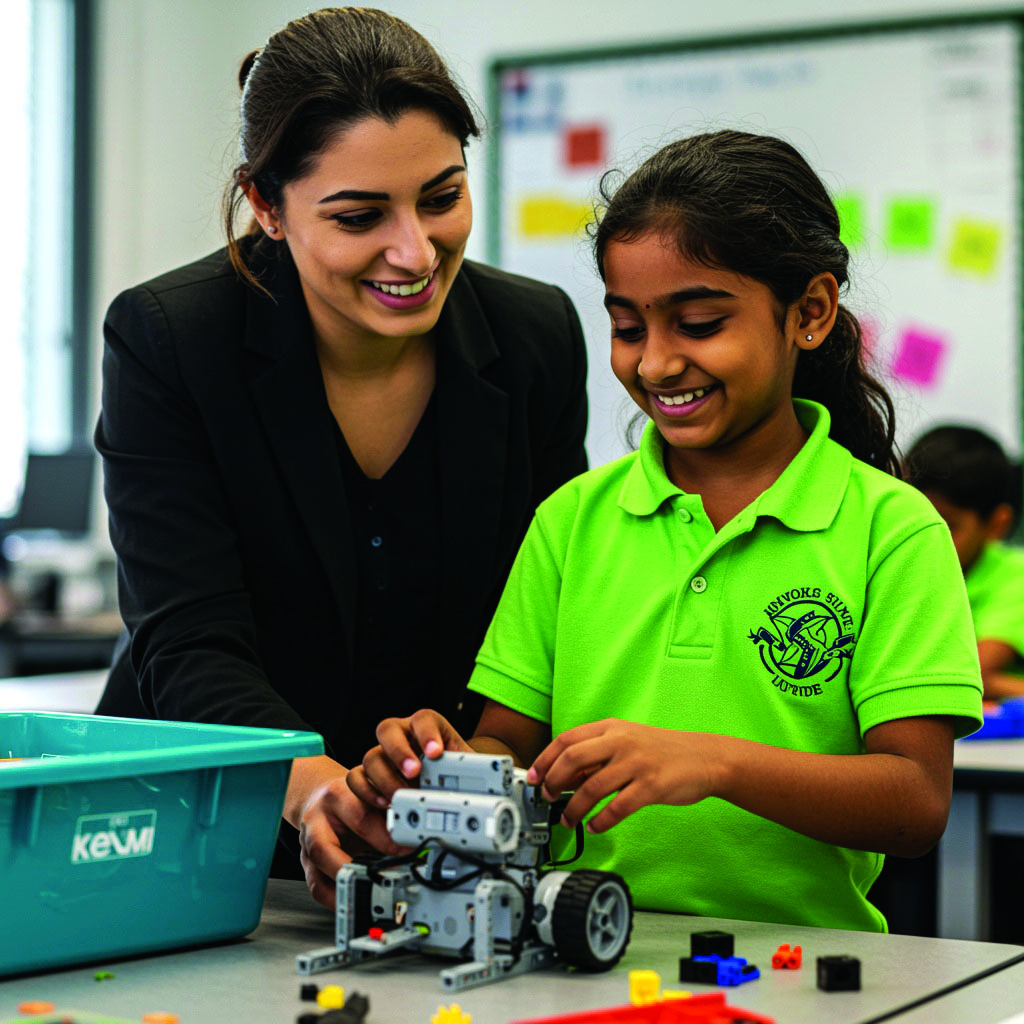 Tech entrepreneurship & apps development
Tech entrepreneurship & apps development
Although it may be hard for parents to take it seriously when their high school or college-going child casually talks about “building an MVP (minimum viable product)” or “driving user acquisition,” they aren’t just mimicking startup jargon — they’re learning entrepreneurship and the science of developing apps, i.e, creating software applications (apps) that run on devices such as smartphones, tablets, or computers to solve a problem or meet business needs.
Thanks to no-code and low-code online platforms, apps that used to take four-nine months to build by traditional methods can now be prototyped or launched in two-three weeks. A growing number of tech-savvy high schoolers and college-going students are using tools such as MIT App Inventor, Scratch, GitHub, and Figma, to build apps and validate their ideas through online surveys and prototypes. There are approximately 8.9 million mobile apps worldwide across the Apple App Store and Google Play Store.
The failure rate for app startups is high, but the learning experience is invaluable. Encourage children to start small, focus on solving real problems, and connect with mentorship programs such as Y Combinator’s Startup School.
Skills acquisition opportunities. Apps development teaches adolescents and youth valuable technical skills, problem-solving mindset, logical & computational thinking, basics of market research and customer psychology, and develops confidence to turn ideas into reality — attributes of invaluable employees and successful entrepreneurs.
Key apps: GitHub Mobile — Code repository management (iOS/Android); Notion — Project management and documentation (iOS/Android); Bubble.io to build apps without extensive coding knowledge (iOS/Android).

Ayushika Anand
Robotics
Millennials and GenZ children are quick to take to robotics. Robotics is a more advanced co-curricular than Lego and Scrabble which were popular co-curricular mind games favoured by earlier generations. Parents should encourage children who exhibit interest in this co-curricular subject because it develops skills and mindsets that are becoming increasingly important in the 21st century.
“For parents and children, the goal should not be perfection but exploration. Encourage your child to learn robotics because it is interesting, enjoyable and out of the ordinary. It integrates creativity with problem-solving and builds confidence by showing children they can make machines respond to their ideas,” says Ayushika Anand, a Bengaluru-based child psychologist and parenting coach.
8 reasons why learning robotics is important for children.
- Robotics combines mechanical engineering, electronics, and coding skills learning in one project.
- Building a robot requires breaking down big problems into smaller ones (design, assemble, code, test, fix) which encourages logical reasoning, debugging, and resilience.
- Robotics integrates science, technology, engineering, arts, and mathematics (STEAM).
- Beyond mechanics, robotics involves design, imagination, and storytelling.
- Most robotics projects are teamwork-based which nurtures children’s social skills, leadership, and the ability to communicate technical ideas simply.
- Technology evolves quickly — robots today may use AI, tomorrow it may be quantum-inspired automation. Students who’ve tinkered with robots learn how to adapt to new tools, unlearn, and relearn, which is a survival skill in a changing economy.
- Robotics education often inspires children to solve real community problems (e.g., robots for waste segregation, agriculture, healthcare).
In sum, learning robotics builds a child’s head (critical thinking), hands (technical skills), and heart (creativity and empathy). It prepares them not only for future careers but also for becoming innovative problem-solvers.
Robotics learning. Many schools and communities offer robotics clubs. At home, parents can buy simple DIY kits like LEGO Mindstorms or Arduino starter sets.
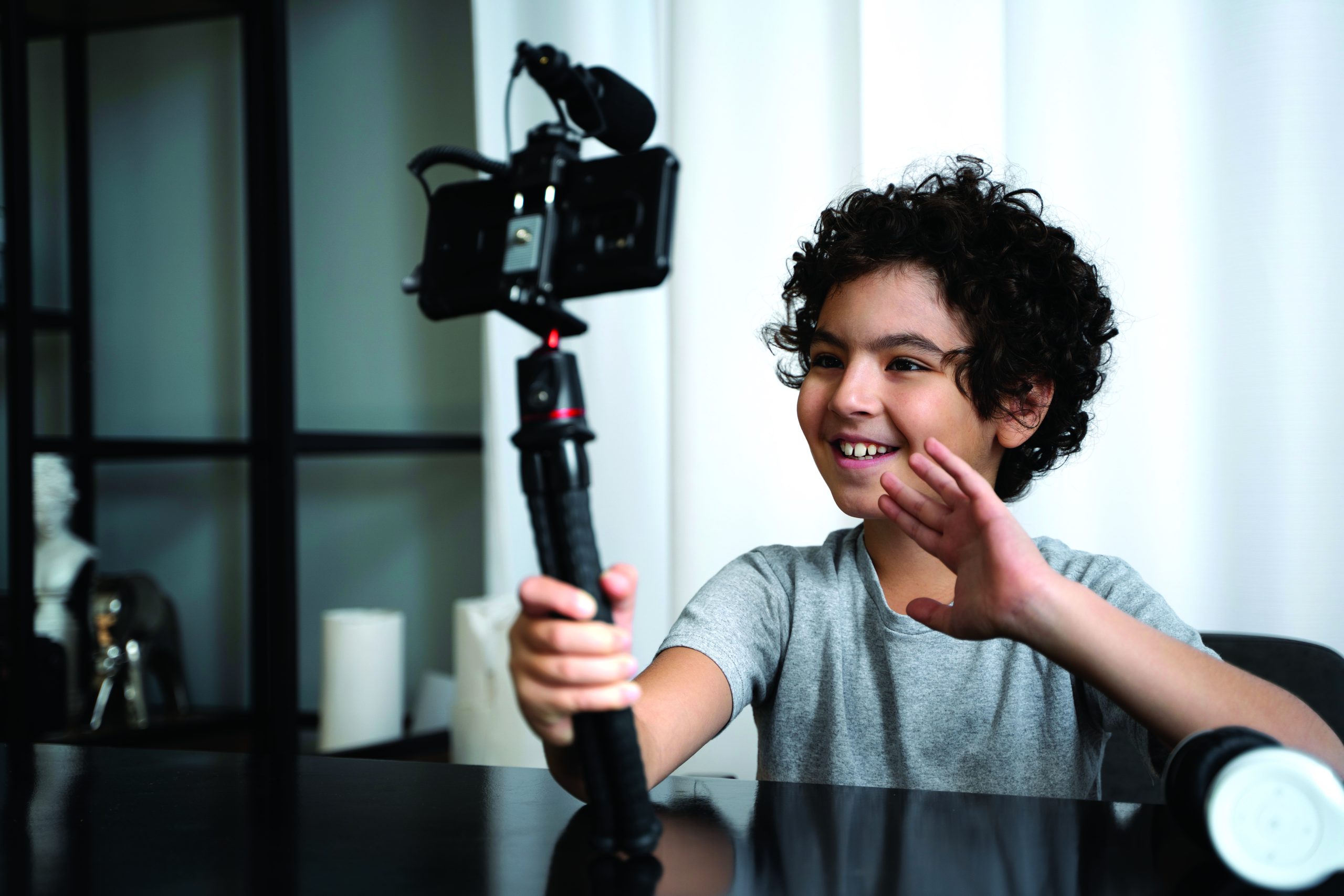 Vlogging
Vlogging
Vlogging is the art of creating and sharing videos online to document personal experiences, thoughts, and/or a specific subject. They are like blogs but use video instead of text to convey information and opinions.
According to a research study conducted by Dr. Lalit J. Kanore, Principal of the ASM College of Commerce and Information Technology, Pune, India’s Generation Z (individuals born between 1997 and 2012) whose number aggregates 370 million — “a digitally native cohort” — doesn’t merely consume content, they are actively creating, remixing, and sharing it, by way of short-form videos on platforms that publish them. “The ban on TikTok in 2020 marked a turning point for India’s digital content ecosystem. It led to the emergence of domestic platforms like Moj, Josh, and Roposo, while global players like Instagram and YouTube rapidly adapted by launching Reels and Shorts, respectively. These platforms cater to Gen Z’s preference for quick, engaging, and interactive content formats, often driven by trends, music, memes, and challenges. With India’s linguistic diversity and cultural complexity, content in regional languages has gained immense popularity among Gen Z users from tier-2 and tier-3 cities,” writes Dr. Lamare.
As a result some video bloggers, aka vloggers, have developed the expertise to narrate engaging stories in their blogs which attract tens of thousands of followers and advertisers in their wake. Some of them such as Sourav Joshi, Ajey Nagar (CaryMinati), Praghata Koli and Mohit Manocha, among others have become household names with their vlogs generating millions by way of ad revenue. In short early familiarity which began as constructive engagement with the smartphone and digital platforms has transformed into enjoyable and often socially beneficial careers because most vloggers also project social advancement messages.
6 steps towards vlogging expertise
- Choose a platform: YouTube, Instagram, Facebook, Moj, Josh.
- Acquire/access basic equipment — smartphone or webcam.
- Write a narrative outline consistent with video format.
- Edit with software: add music, transitions, text.
- Post regularly and interact with viewers by inviting comments.
- Build gradually; early audiences will be small but can grow.
“Vlogging is fast becoming an important communication channel in India — not merely because it delivers visual content but because it builds trust, creates connection and allows individuals to participate in narratives rather than passively consume them,” says Anand.
Key digital platforms. Youtube, Instagram, Facebook.
Gaming
Gaming is one of the fastest growing co-curriculars of Gen Z and Generation Alpha. Games challenge minds with puzzles and force players to find solutions to problems. Among popular online/digital games are Candy Crush, Subway Surfers, Odyssey, Call of Duty, Fortnite, or Valorant.
Once children become familiar with online games, the next step in skill development is to participate in E-sports competititons. Typically, gamers band into teams to compete in online tournaments that often offer substantial cash prizes, medals and trophies and national, even international recognition.
Since the dawn of the new millennium online gaming has become big business. In 2024 the global gaming industry generated an aggregate revenue of $298 billion. In India the gaming industry generated $15 billion (Rs.133,500 crore) and is forecast to generate $35.60 billion by 2030. This growth is driven by advancements in technology like 5G networks.
Skills acquisition. Participation and competitions can improve life skills such as concentration, logical thinking, problem solving, mental stamina and teamwork. Gamers also improve hand-eye coordination, reflexes, and multi-tasking.
8 steps to develop online gaming skills
- Decide whether you are a casual or competitive gamer, whether you want to be a games designer.
- Choose your platform: Console, PC, mobile, cloud gaming.
- Pick a genre to start with: Action/FPS, simulation, adventure/RPG, racing, horror.
- Establish a gaming setup including a device, internet connection, and peripherals.
- Watch tutorials and gameplay videos to learn how to edit, create montages, and present content.
- Learn game mechanics, maps, and strategies.
- Balance gaming with everyday life and ensure gaming is not over prioritised.
- Participation options are multiplying. You could also become a game tester, marketer, an e-sports coach.
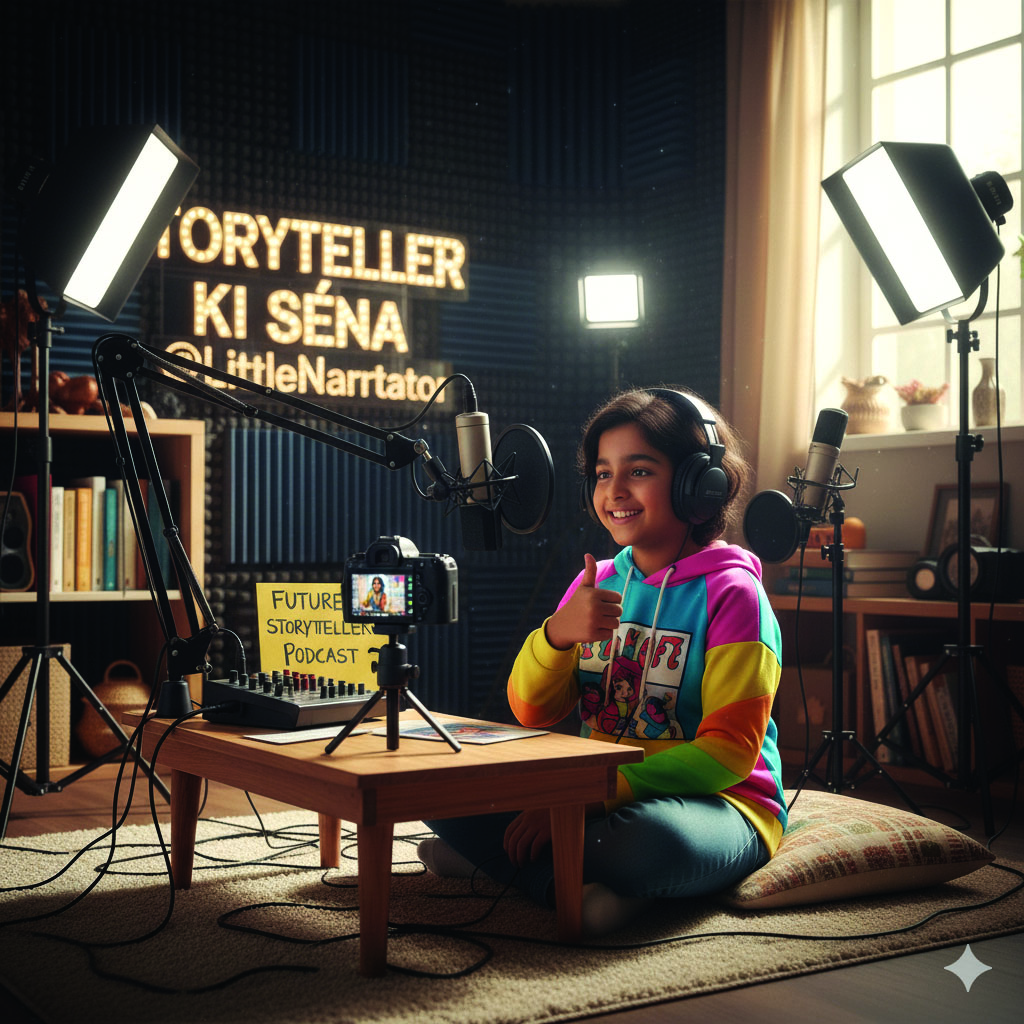 Podcasting
Podcasting
Podcasting is the art of creating and distributing audio/audio-video programmes online, where hosts share stories, interviews, knowledge, opinions on a wide range of subjects. According to a 2023 report by PwC, India’s podcast listenership has crossed 150 million monthly users, making it the third-largest podcast market in the world after the US and China. This surge is driven by India’s young, smartphone-savvy population, low data costs, and increasing appetite for content in regional languages.
Platforms such as Spotify, Gaana, JioSaavn, and Amazon Music have expanded podcast libraries, while homegrown apps like Kuku FM and Hubhopper provide space for Indian creators to publish and monetise their shows. With genres ranging from comedy, self-help, and finance to news and spirituality, podcasting caters to India’s linguistic and cultural diversity. Generation Z, in particular, is embracing podcasts.
Some podcasters who have emerged as influential voices with dedicated listener communities include Amit Varma (The Seen and the Unseen) and Maed in India (hosted by Mae Thomas).
For children, early familiarity with podcasting nurtures communication, storytelling, and entrepreneurial skills.
7 steps towards podcast professionalism:
- Use a quality camera, microphone, headphones, and lighting setup to capture clear video and audio.
- Record in a quiet, small room to avoid background noise.
- Monitor audio with headphones, keep a steady distance from the mic, and use a pop filter for clarity.
- Use software like Audacity, GarageBand, or Ocenaudio to polish and perfect your recording.
- Add intro/outro music, sound effects, and balance audio quality.
- Upload to platforms such as Spotify, Apple Podcasts, YouTube, or Amazon Music.
- Grow your audience through social media, email, and collaborations.
- You could also work with a podcast agency for professional support, but DIY is the best way to learn and develop.
Skills acquisition opportunities. Audio and video podcasting teach adolescents and youth communication and storytelling, voice modulation, scripting, research, editing, on-camera presentation, and audience engagement. Alongside creative skills, they gain technical know-how in sound design, video production, and digital publishing, building confidence, and digital fluency — useful for careers in media, education, entertainment, and entrepreneurship.
Key apps: Anchor by Spotify — Record, edit, and publish in one (iOS/Android); Audacity — Free audio editing software (Windows/macOS/Linux); Riverside.fm — Remote video podcast recording in studio quality (Web/iOS/Android); Descript — AI-powered editing and transcription for audio and video (Windows/macOS/Web).





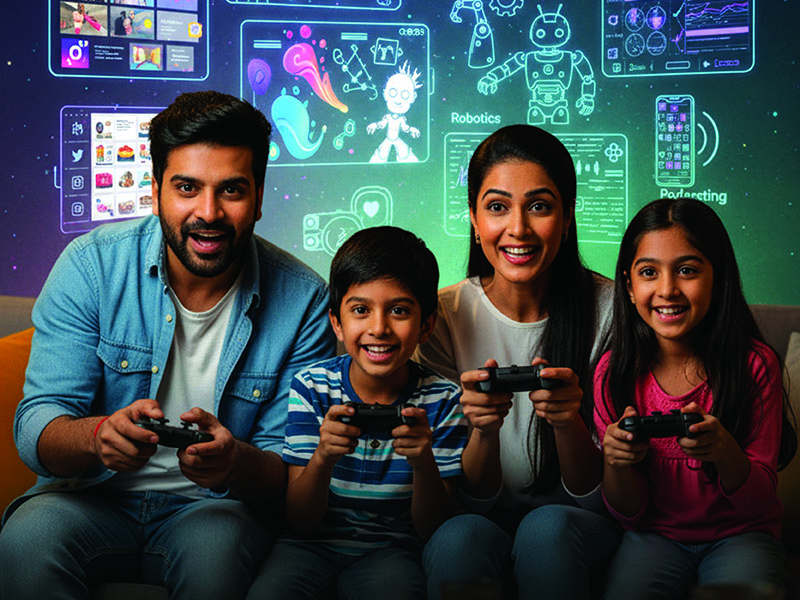



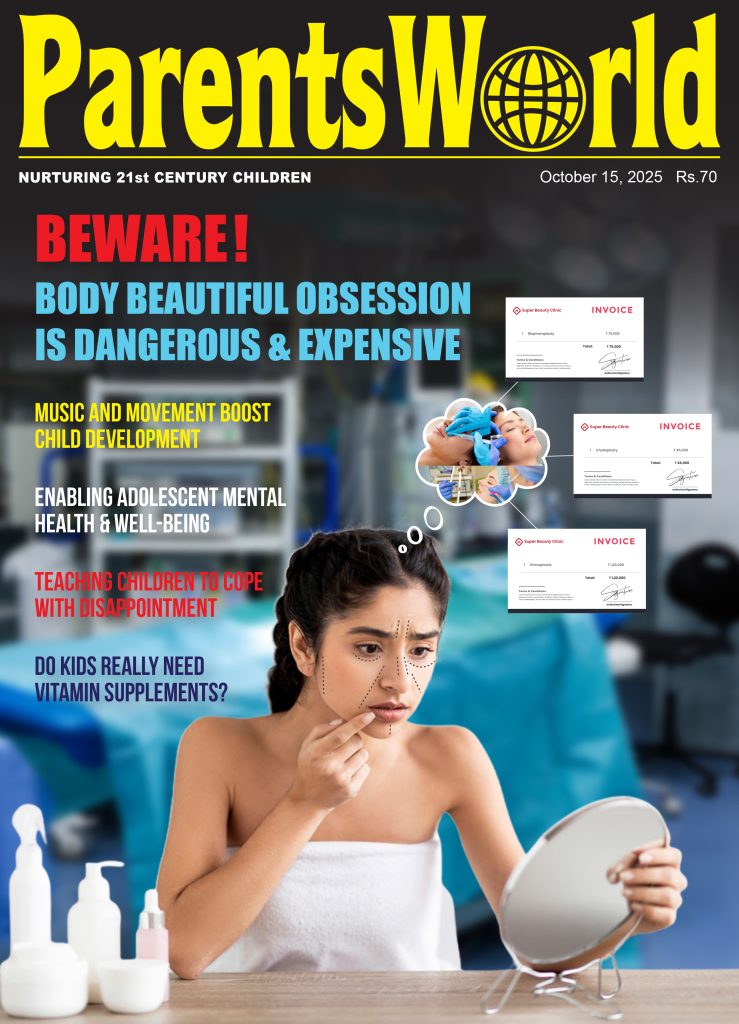



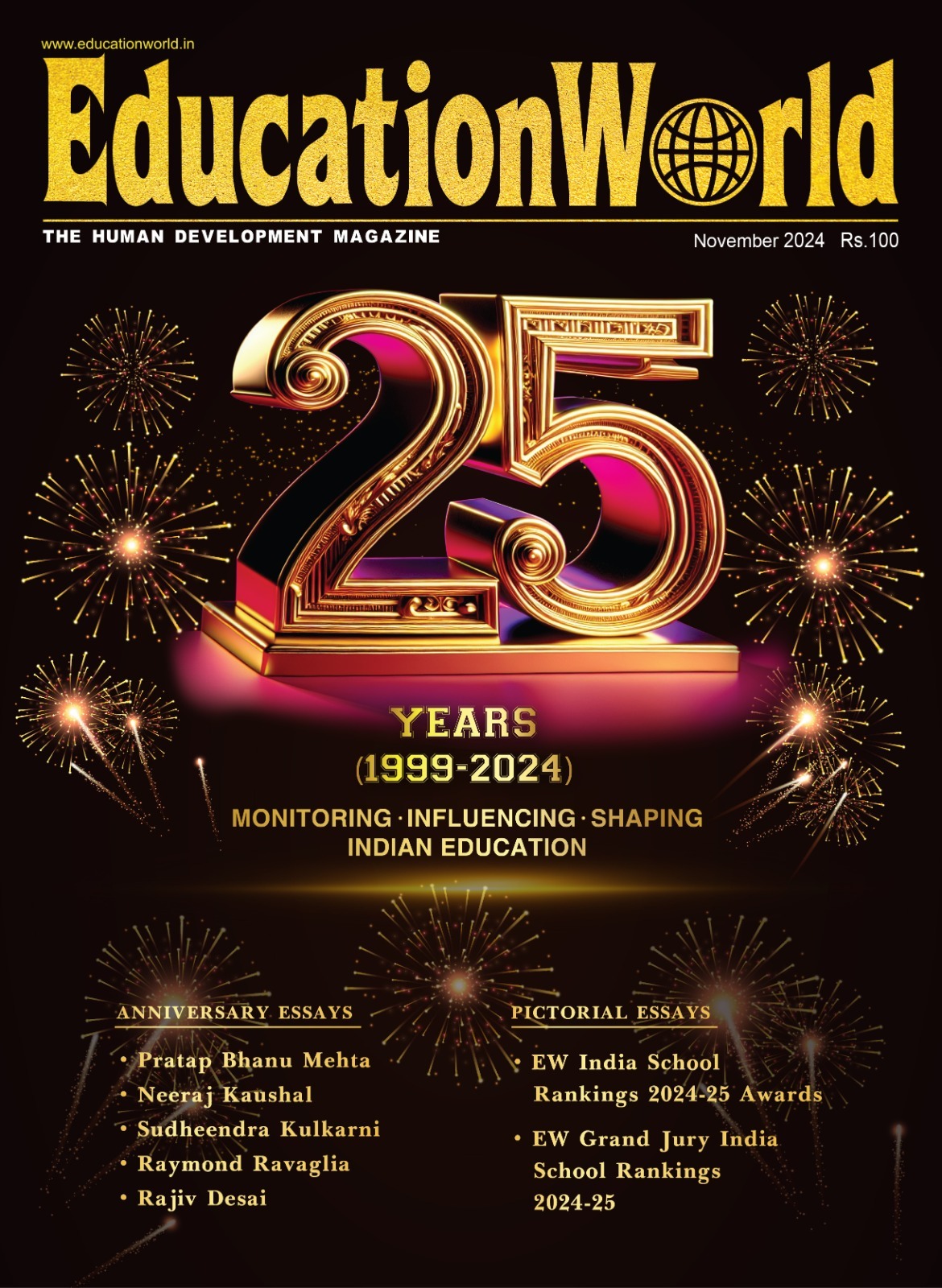
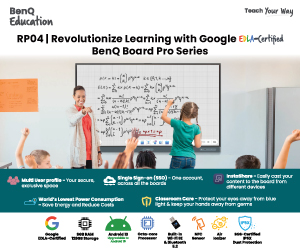


Add comment